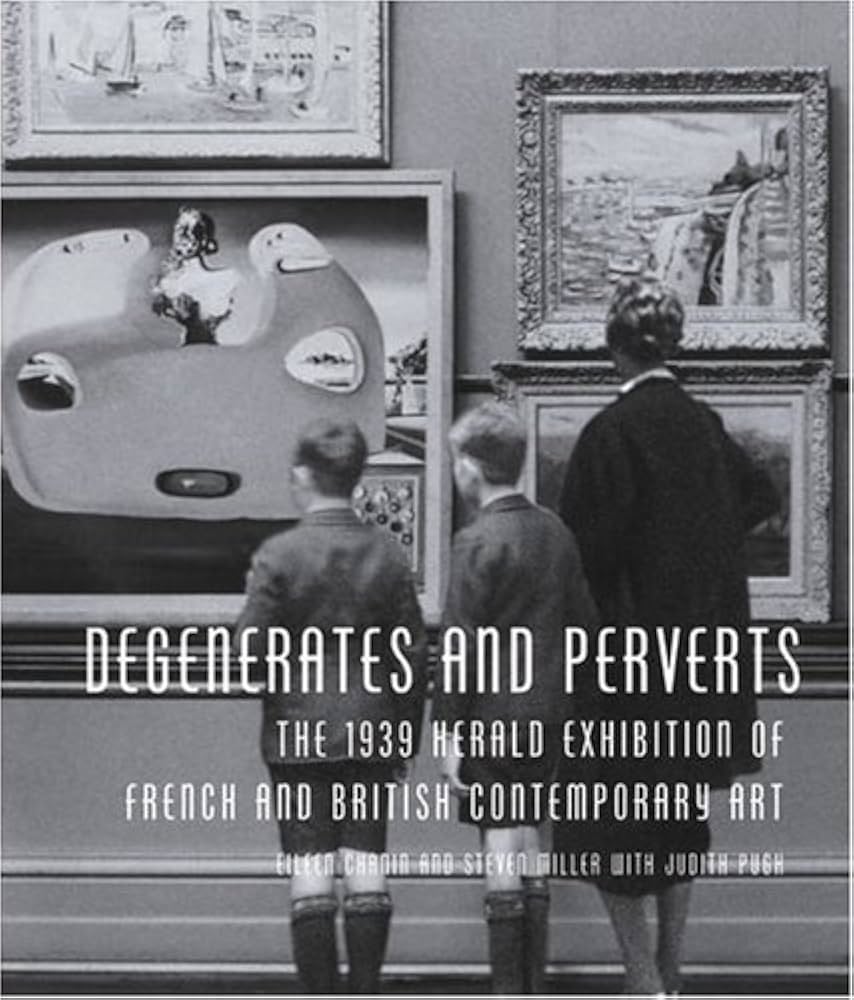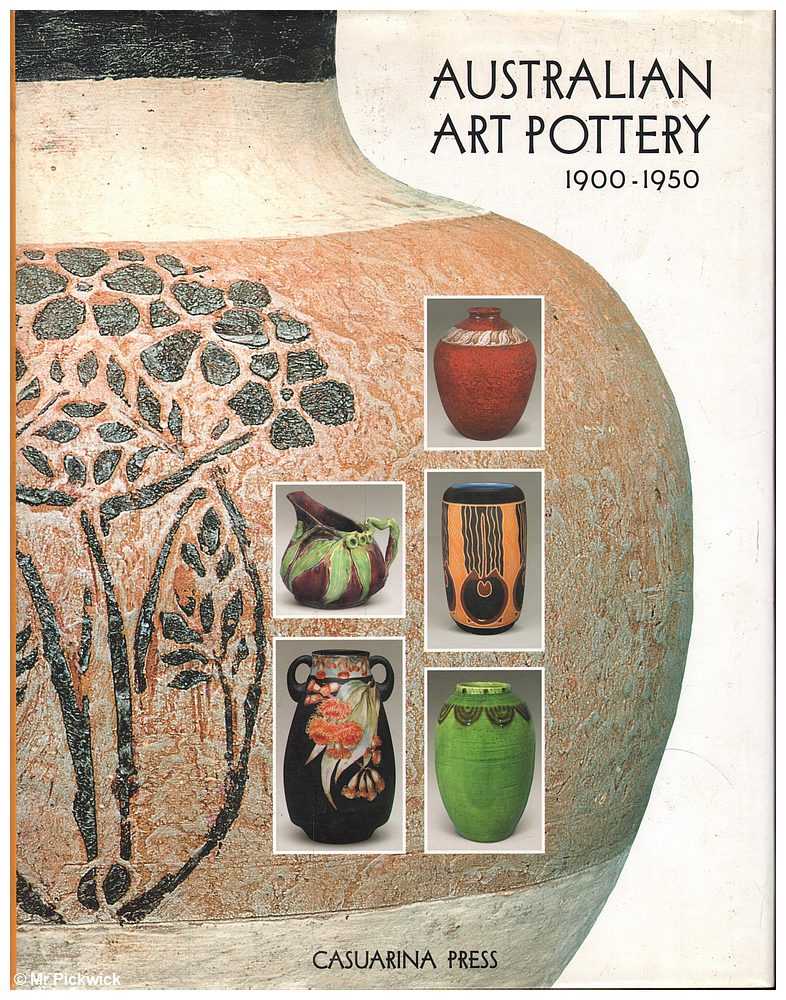Art
The World of Thea Proctor by Barry Humphries, Andrew Sayers, and Sarah Engledow
Thea Proctor’s long career spanned the 1900s to the 1960s. Sadly, she lived to see her reputation decline. Barry Humphries, in private life a noted art collector, relates here how his characteristic appreciation of the aesthetically démodé led him to seek out Proctor’s acquaintance in the 1960s. A new generation of professional curators sniffily dismissed the grande dame, then in her eighties, as a ‘minor artist’, more important as a teacher and passionate champion of other modernists than in her own right. To Proctor, though, an aesthetic reputation was everything. ‘If I have not got that a life’s work is wasted,’ she despaired to a friend.
... (read more)Exiles and Emigrants: Epic journeys to Australia in the Victorian era by Patricia Tryon Macdonald
This exhibition book from the National Gallery of Victoria is enthralling. It presents the imagery of British emigration, hitherto unstudied; fifteen million people fled during Queen Victoria’s reign (1837–1901). There is a mix of art history with social history: major and minor paintings and popular-culture prints; memorabilia and relics. A wedding ring salvaged from the dreadful 1857 wreck of the emigrant ship Dunbar reminds us that there was only one survivor when, at the end of the voyage, she crashed into Sydney Heads.
... (read more)There is no doubt that the state of writing about contemporary Australian art would be in dire straits without the support of Craftsman House. In the past two decades, this small Sydney-based publisher has plugged significant gaps in the field with some of its most influential texts: Vivien Johnson’s ground-breaking work on Australia’s Western Desert painters (1994); Charles Green’s thorough mapping of Australian art since 1970 (Peripheral Vision, 1995); and one of the first, and still most concise, English-language surveys of Soviet and early post-Soviet art, immediately spring to mind. This is not to say that all of these initiatives were limited to the thrall of academia. In collaboration with the magazine Art and Australia, Craftsman House produced a series of monographs on emerging and mid-career Australian artists at a time when their CVs generally hinged on catalogue essays or the occasional review. The effect was complementary: alongside the advocacy of artists such as Janet Laurence, H.J. Wedge and Hossein Valamanesh came the franking of a new wave of important local critics: not just Green and Johnson, but Chris McAuliffe, Paul Carter, Benjamin Genocchio and Ashley Crawford as well.
... (read more)Arthur Boyd and Saint Francis of Assisi: Pastels, lithographs and tapestries, 1964–1974 by Margaret Pont
Arthur Boyd and Saint Francis of Assisi is based on Margaret Pont’s Master’s thesis, which she wrote at the University of Melbourne under the supervision of the medievalist Margaret Manion. During the 1960s, Arthur Boyd made more than twenty pastels depicting various events from the saint’s life. He followed this with a series of lithographs, all of which are listed in Pont’s detailed catalogue. Then, from 1972 to 1974, Boyd had twenty tapestries woven by the Manufactura Tapecarias de Portalegre in Portugal, to cartoons produced from transparencies of the original pastels. These works, which have never been exhibited together in their entirety, continue to gather dust in the Hume storage depot of the National Gallery of Australia. Pont also includes in her catalogue a number of related drawings, unfinished pastel sketches and three oil paintings dealing with the theme of St Francis.
... (read more)Picturesque Pursuits: Colonial women artists and the amateur tradition by Caroline Jordan
Picturesque Pursuits is a pioneering survey of a neglected area within Australian cultural history: the lives and works of colonial women artists. Caroline Jordan places her analysis of this subject within a broader social, political and historical frame. This approach allows her to reveal the multifaceted importance of an art tradition that was often interwoven with women’s daily domestic life. Evidently, colonial women’s art does not conform to traditional notions of a studio based ‘high art’, and its significance extends beyond the limited definitions of this category. As Jordan points out, most women artists produced works that were confined to the lower-value genres of miniatures, botanical studies, picturesque sketches and scrapbook collages. Their works were often small-scale mixed-media pieces of varying technical proficiency. The fact that the majority of colonial women’s art is found in libraries and archives rather than in the major galleries has further con- tributed to its virtual exclusion from the high-art canon.
... (read more)In Brenda Niall’s biography of Judy Cassab, the art forms of the subject and the author – life story and portraiture – are nested one in the other. As the story builds, one comes to accept that certain unsparing reflections on the subject’s personality and behaviour have as their authority Judy Cassab herself. She emerges as a heroine in a decidedly modern mode.
... (read more)I was looking at Pieter Bruegel the Elder’s De Toren van Babel in Rotterdam, where I had gone for the day to escape the low skies and oppressive winds that buffet The Hague in springtime. Bruegel’s masterpiece has an exquisite stillness and delicacy, despite portraying the Tower of Babel in its first stages of busy construction. Ladders and wires are hung from its sides; the harbour on which it is being built throngs with ships unloading cargo and tools and manpower; its workers look as frail as insects perched on its myriad levels, hard at their labour. The tower is depicted such that it appears to be leaning slightly away from the sea, giving the impression that it is volute rather than level, its climb precariously leading to infinity. This impression is heightened by Bruegel’s use of colour: at its base, the tower is the colour of faded, earthy sandstone, but as it spirals into the sky it moves towards a rusted orange, and, at the point where the tower pierces the clouds, it turns a vivid red, as if to represent the wrath that awaits its completion. The clouds are menacing. Far in the distance, well beyond the tower, the skies are clear and fresh, unthreatening; but a gloom casts shadows over the side that faces the harbour where, under the pall, workers are trying to complete their task.
... (read more)Degenerates and Perverts: The 1939 herald exhibition of French and British contemporary art by Eileen Chanin and Steven Miller (with Judith Pugh)
In the 1930s the notorious art critic and gallery director J.S. MacDonald felt it was his patriotic duty to protect Australia from the morally suspect culture of Europe, where, he exclaimed, ‘the pictorial symptoms of the degeneracy of France [is] enfeebled by the rule of functionaries, and … Mittel Europe [is] crushed and torn between Nazi, Bolshevist and Fascist megalomaniacs’. Not a man to mince words, MacDonald also expressed his horror of what was arguably Australia’s first blockbuster exhibition, the 1939 Herald Exhibition of French and British Contemporary Art, suggesting that it was the work of ‘degenerates and perverts’. As the then Director of the National Gallery of Victoria, MacDonald was a man of influence, and his outspoken views were transmitted widely.
... (read more)The Art of War is published ‘to accompany the television series’ produced by Film Australia and to be broadcast on SBS. The television spin-off is an attractive genre for an art book. Writers have to keep to the point. There is a conventional picture-book formula, comprising a potted artist’s biography, a bit of art-historical placement and sometimes too little about what is specific to the work. Lola Wilkins’s Artists in Action: From the Collection of the Australian War Memorial (2003) is a good example. But a television producer knows that the words must concentrate upon the works we are staring at: forget the biography and the art history; just look at the art. Betty Churcher, like Sister Wendy, is very good at looking at works of art. For vivid specificity, take Colin Colahan’s striking Ballet of wind and rain (1945), men suddenly glimpsed leaning into the midwinter elements on a recently liberated airfield. Churcher suggests that it was so titled ‘perhaps because he has danced his brush across the canvas to simulate wild gusts but more likely because the four RAAF airmen duck their heads in unison like the cygnets in the dance from Swan Lake’.
... (read more)Specialist historical studies of Australian decorative arts have long been the preserve of the dedicated collector, enthusiast or private historian, rather than the museum curator or university academic. In this aspect, detailed studies of Australian decorative arts have followed the trend in the UK, where many historical studies have been written by private scholars and published by the admirable Antique Collectors’ Club. The pioneering studies of Australian furniture (Clifford Craig and Kevin Fahy, 1972), silver (J.B. Hawkins, 1973), and pottery and glass (Marjorie Graham, 1979 and 1981) presented (in volumes that now seem rather slender) modest information and adequate images gleaned from their authors’ research. The style for such publications changed dramatically in the mid-1980s when big books with masses of images and higher price tags hit the market. Commencing with Kevin Fahy’s Nineteenth Century Australian Furniture in 1985, hefty volumes on Australian silver, furniture, jewellery and pottery have provided invaluable reference books for nineteenth- and early twentieth-century Australian decorative arts. Many of these more recent publications were also co-authored by the industrious Fahy.
... (read more)









